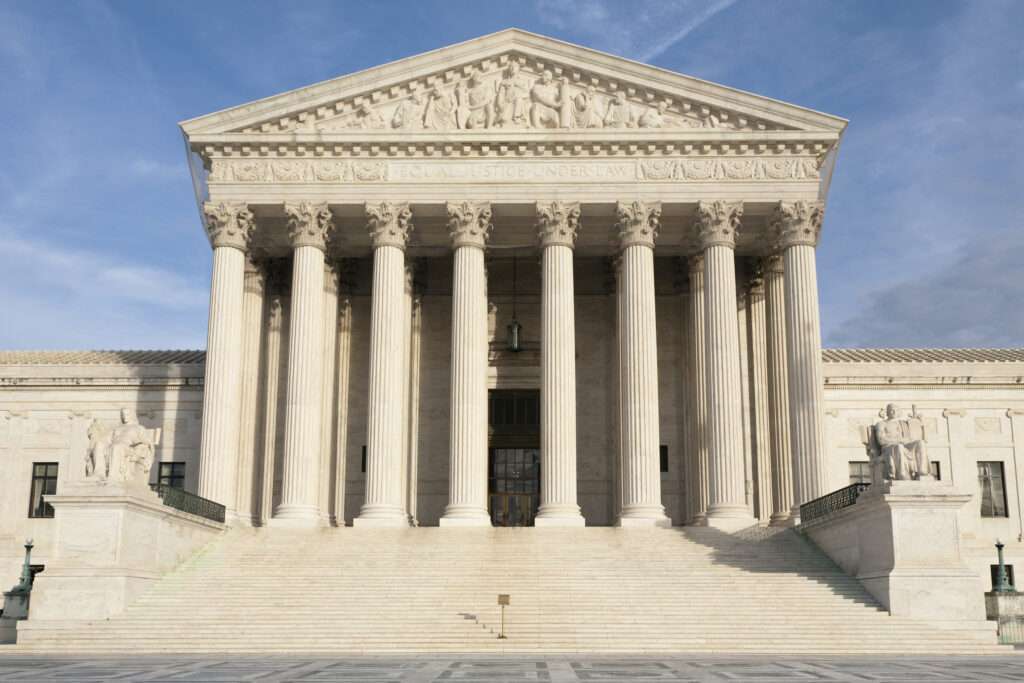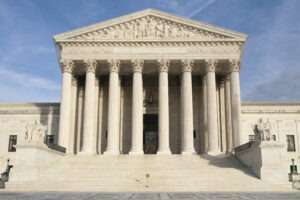In the landmark case of Qualitex Co. v. Jacobson Products Co., 514 U.S. 159 (1995), the United States Supreme Court addressed a fundamental question in trademark law: Can a color alone be registered as a trademark? This decision not only resolved a specific dispute between two companies but also set a significant precedent for trademark law, particularly concerning the use of color as a distinguishing feature of a brand. In this blog, we will explore the details of the case, the Supreme Court’s reasoning, and the implications of this ruling for businesses and trademark law. The focus keyword for this blog is “color trademarks.”
Background of the Case
The dispute in Qualitex Co. v. Jacobson Products Co. centered around a specific shade of green-gold used by Qualitex Company on its dry cleaning press pads. For years, this color had been a distinctive feature of Qualitex’s products. However, when Jacobson Products, a competitor, began using a similar shade on its press pads, Qualitex took legal action. Qualitex had already registered the green-gold color as a trademark and added a trademark infringement count to its existing lawsuit against Jacobson.
The Legal Journey
Qualitex initially won the case in the District Court. However, the Ninth Circuit Court of Appeals set aside the judgment on the infringement claim. The appellate court held that the Trademark Act of 1946, commonly known as the Lanham Act, did not permit the registration of a color alone as a trademark. This decision led to the case being escalated to the Supreme Court.
The Supreme Court’s Decision
In a unanimous decision, the Supreme Court held that the Lanham Act does permit the registration of a trademark that consists purely and simply of a color. This ruling was grounded in both the language of the Lanham Act, which broadly defines what can qualify as a trademark, and the fundamental principles of trademark law.
Key Points in the Supreme Court’s Reasoning
- Broad Language of the Lanham Act: The Act describes the universe of potential trademarks in very broad terms, allowing for a wide range of symbols, including colors, to serve as trademarks.
- Identification and Distinction: The Court noted that Qualitex’s green-gold color met the basic legal requirements for a trademark. It served to identify and distinguish Qualitex’s goods from those of others and to indicate their source.
- Secondary Meaning: The green-gold color had developed a secondary meaning; customers associated it with Qualitex, thereby identifying the source of the press pads.
- Non-Functionality: The color was not functional, meaning it did not offer a utilitarian advantage that would prevent its use as a trademark. While using some color on press pads was necessary to avoid stains, there was no competitive need specifically for the green-gold color.
United States Supreme Court
Jacobson’s Arguments and the Court’s Response
Jacobson Products raised several arguments against the use of color alone as a trademark, including potential market confusion, the limited supply of colors, contradictions with older cases, and the existing ability to use color in trademarks and trade dress. However, the Supreme Court found these arguments unpersuasive, stating that they did not provide a convincing reason to prohibit the use of color alone as a trademark.
Implications of the Decision
The Qualitex decision had far-reaching implications for trademark law and business practices:
- Expansion of Trademark Protection: The ruling expanded the scope of what can be protected under trademark law, opening the door for businesses to use color as a key differentiator in the marketplace.
- Strategic Branding: Companies could now consider color as a strategic element in their branding and marketing efforts, knowing that unique colors could be protected legally.
- Legal Clarity: The decision provided much-needed clarity on the issue of color trademarks, helping businesses and legal practitioners understand the boundaries of trademark protection.
- Future Litigations and Registrations: The ruling set a precedent for future trademark litigations and registrations, guiding how courts and the USPTO approach color trademarks.
Conclusion: A New Era for Color Trademarks
The Supreme Court’s decision in Qualitex Co. v. Jacobson Products Co. marked a significant moment in the evolution of trademark law. It affirmed that color, when used distinctively and not functionally, can be a powerful tool in a company’s branding arsenal and is worthy of legal protection. For businesses, particularly those in industries where color plays a crucial role in brand identity, this ruling underscored the importance of considering color in their trademark strategies.
As we continue to see the impact of this decision in various industries, it serves as a reminder of the dynamic nature of trademark law and the importance of staying abreast of legal developments that can affect brand protection and business strategy. To schedule a confidential consultation with top trademark and technology attorney David Nima Sharifi, Esq. contact the L.A. Tech and Media Law Firm today.



